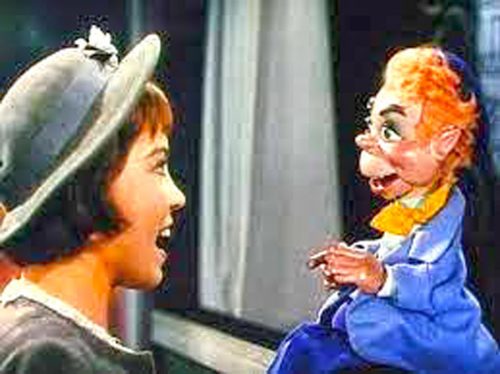 One place that comes to mind for these conversations is the classroom. There was a very successful effort to teach the history of the Harlem Renaissance to elementary students. They were first tasked with selecting a character from the period, and then creating a four-foot puppet to represent him.
One place that comes to mind for these conversations is the classroom. There was a very successful effort to teach the history of the Harlem Renaissance to elementary students. They were first tasked with selecting a character from the period, and then creating a four-foot puppet to represent him.
Puppeteers engaged with the project had the kids start their puppet by stapling upper and lower edges of a stiff paper plate to the top of a four-foot furring strip; this formed the face and body.
A two-foot furring strip was placed below the plate for the shoulders. Now for the fun!
The kids painted the plate and drew eyes and a nose. For the mouth they were instructed to pull a rubber band taut and staple it at each end to the paper plate; this created the lips.
A long length of fishing line was tied to the lower lip so when pulled the puppet appeared to be speaking. With hat and clothes – and some with hair – Cab Calloway, Fats Waller and Adelaide Hall came to life.
The child became the character. Conversations were spontaneous.
Puppets told their stories to other puppets who returned the favor. Parades through hallways expanded their exposure. The learning was exponential.
The idea is simple and effective. It can be applied to any historical era.
PHOTO CAP: Conversations with puppets

